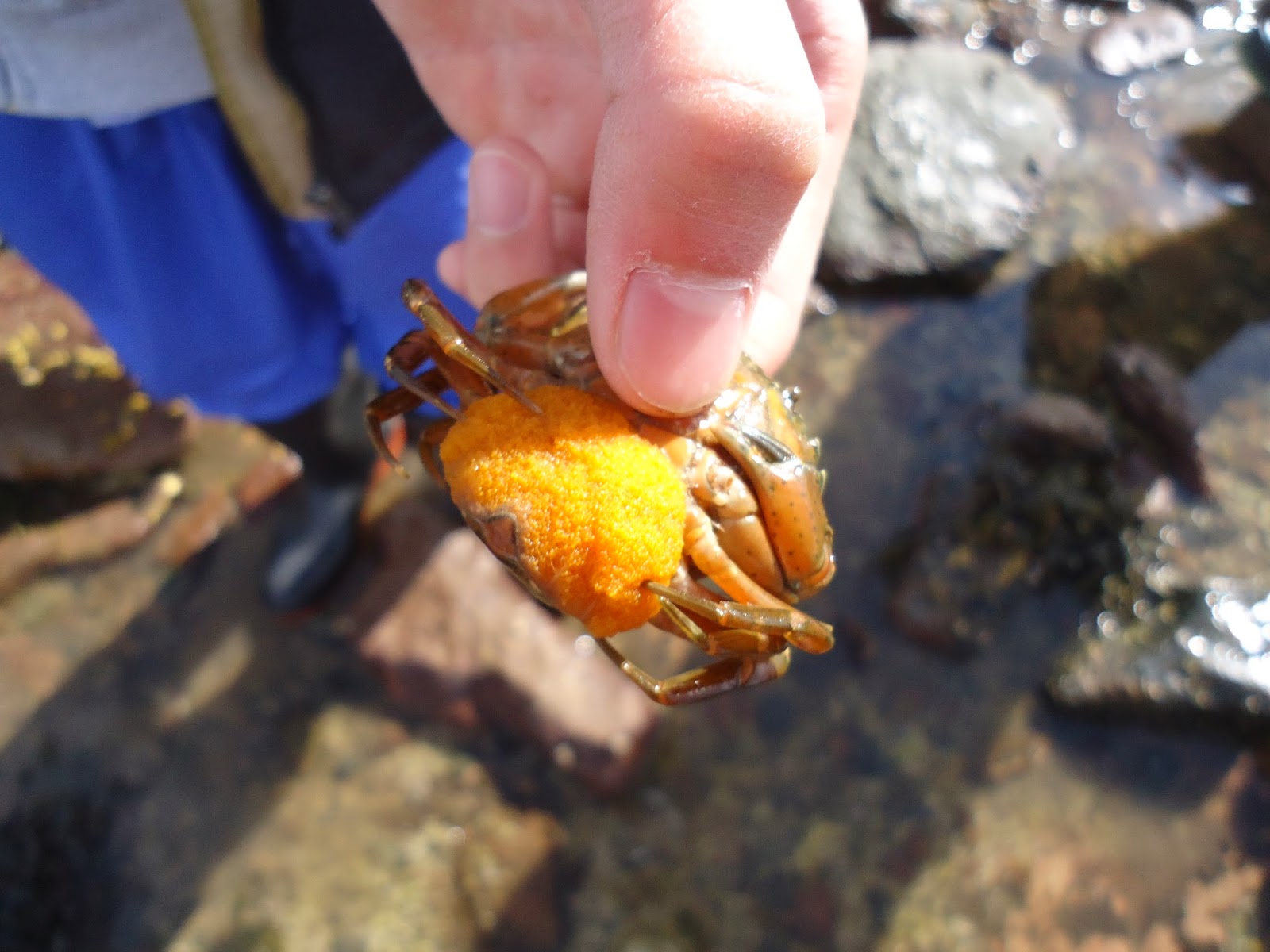This week we are excited to welcome grade 11 students from the Toronto Waldorf School to our campus. This will be the first time the school has conducted a field course at the Huntsman so we are really looking forward to the week.
To start off the morning the students did a rotation of studying plankton in the aquarium lab and collecting specimens while aboard our research vessel, the Fundy Spray. Viewing the fresh plankton in the lab was pretty cool, with the students being able to see lots of phytoplankton and zooplankton, including copepods and sea cucumber larvae. As well as collecting the fresh plankton on the boat, the students also collected lots of sea stars, hermit crabs, urchins, scallops, and even a sea mouse!
After a yummy lunch at Anderson House the students met in the lab to get a closer look at the animals they had collected while on the Fundy Spray. We just received new microscopes last week so these students were the first to get to test them out. The snail fur on the shell of one of the hermit crabs looked amazing under the microscope!
To round out the afternoon the students toured the Huntsman Fundy Discovery Aquarium, which included learning about the tides, exploring the touch tanks, seeing the seahorses, getting splashed during the salmon feeding, and watching the harbour seals, Snorkel and Loki, have their supper.
Below are some pictures from the day.
The ramp to get to the boat at low tide (it will be level
with the top of the wharf at high tide).
Sorting through the contents of the scallop drag.
Sea cucumbers and sea stars.
Look at all those black eyes!
Jars full of plankton.
A homeless hermit crab (don't worry
we gave it a shell back at the lab).
Drawings and observations in the lab.
A sea mouse.
Study of an armoured shrimp.
Watching the salmon feeding in the aquarium.
An underwater view of the harbour seals.


















































